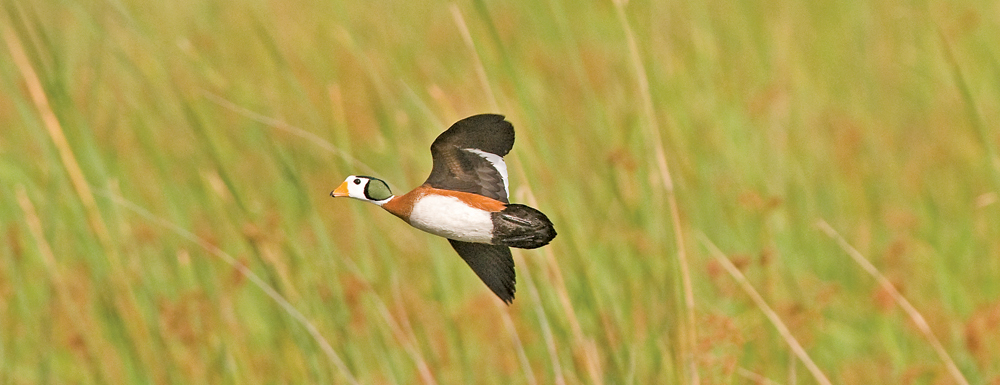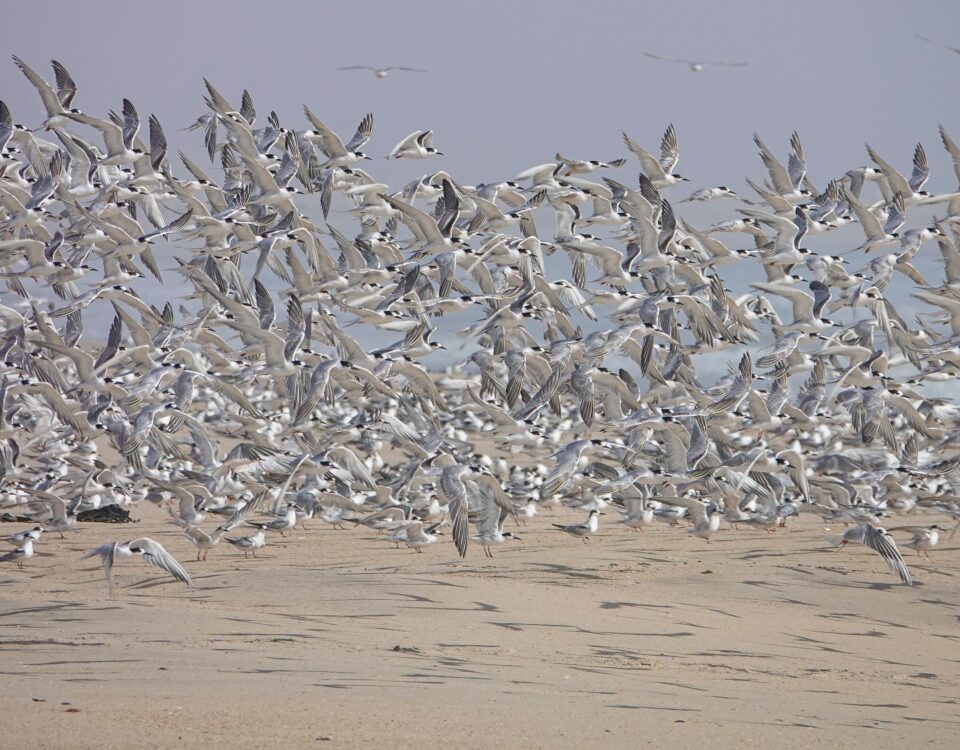
An epic sort of freedom
August 29, 2016
Dolomite Camp
August 30, 2016Duck and Dive – what’s good for the goose is good for the gander
Text and Photographs Pompie Burger

Of all the bird species this is probably the one that even the most novice bird watcher can identify. Firstly, the type of species that you are looking at is a goose/duck/teal, and secondly, to differentiate between the various species is rather easy. To say that for me it is not a problem to identify them might sound a bit blasé after 35 years of birding, so I would rather say even my son Ian can make the correct diagnoses. Going into the gory detail about their habitat in and around water, it is not rocket science that they have a funny looking flat bill and funny looking webbed feet.
One can also say with relative certainty that these birds are well loved by everyone, because of their tranquil way of swimming/gliding over the water. If disturbed (see photographer) they will just move away, and if seriously threatened they will fly away after a rather awkward but very effective take off. Their versatility in being able to swim, fly and walk makes them also rather special, although walking is not really their forte when compared to their swimming skills. Watching a mother goose with her goslings in or out of water will make any mother’s (and some father’s) heart soft with envy.
The main difference between a duck and a goose is that geese roost in trees or at least somewhere out of the safety of the water, while ducks roost in the water. One can say with certainty that one would see geese more often outside the water than ducks.
There are over 100 different species in the world, 20 in southern Africa and 17 in Namibia. Each of the different species has its preferences as far as its perfect habitat is concerned. The African Pygmy Goose (Nettapus auritus) prefers the quiet back waters in the swamps. Egyptian Geese (Alopochen aegyptiaca) are probably the most common (a pest?) and versatile geese in Namibia – they even occur in places like golf courses!











This might be because they might have heard about the albatrosses and other birdies in the area. They were called Mountain Geese in the not so distant past. To my dismay most ducks and geese also love sewage works, so if you happen to be bored when in Swakopmund, or any town for that matter, you might go to this revolting place to see Maccoa Duck (Oxyura maccoa), Red-billed Teal (Anas erythrorhyncha), Cape Teal (Anas capensis) and many other interesting birds. Janus Brand even saw a Garganey (Anas querquedula), a very rare vagrant, at the sewage works in Otjiwarongo. One can only guess what he might have been doing there.
Marshes and open flood plains are a favourite habitat for most of the flat bills. The White-backed Duck (Thalassornis leuconotus) and Hottentot Teal (Anas hottentota) along with the odd Pygmy are specials at Kalizo Lodge in the north. The African Black Duck (Anas sparsa) prefers fast flowing streams but I still haven’t seen one – maybe because fast flowing streams are not that common in Namibia.
The White-faced Duck (Dendrocygna viduata) is second to the Pygmy as my favourite because of its charming whistle when disturbed, and obviously its looks. Incidentally it is but one of the few ducks that have a nice melodic call. They love to sit on the banks and beaches along the water in large groups. Watching a White-faced Duck mother with her nine ducklings at a seasonal pan at Nambwa for hours, for three days in succession, is one of my better memories. When a Fish Eagle flew over the mother just raised her wings and within a split second all nine disappeared under the water until it was safe to surface. Although not that common, Hottentot Teal (Anas hottentota) also like the seasonal pans.
The Comb Duck (Sarkidiornis melanotos) and Spur-winged Goose (Plectopterus gambensis) can wander quite far from water, feeding in the grasslands along rivers and waterways, although they prefer flood plains for feeding in the shallow water. The South African Shelduck (Tadorna cana) is the only endemic in southern Africa / Namibia, preferring inland waters in semi-arid regions. The Fulvous Duck (Dendrocygna bicolor) is highly nomadic but relatively uncommon. I cannot confirm how true it is that the Spur-winged Goose is one of the fastest flying birds, but one should never doubt a birder’s knowledge as far as information on statistics is concerned. What I do know is that the Comb Duck male develops the enlarged knob on the forehead during the breeding period to impress the female, which goes to show that males would go to any length to excite a female.
Seeing a couple of Red-billed Teals at Ganab in the desert after a freak rain storm was quite astonishing. This, however, confirms their opportunistic nomadic migration ability. None of the duck or goose species migrate outside the region except for the Comb Duck, which is a partial intra-African migrant, and the Garganey.
Unfortunately sewage works are indeed a very good and plentiful place to hang out looking for ducks and geese. I must admit that there are a few reasons why I (really!) do not like sewage works. The smell and the locality are but two good reasons, another one being the surrounding decor which is not that conducive to photography. Regrettably sometimes one has to drop ones standards to be able to compare notes with the experts. Luckily bridges are not such a good hunting ground for ducks and geese (in contrast to swallows, swifts and prostitutes).
As with most bird species the males are usually the better looking one of a pair. The exception, as far as differences between the look of male and female are concerned, are Egyptian Geese, Fulvous Ducks, White-faced Ducks, Yellow-billed Ducks, Red-billed Teals, African Black Duck and White-backed Duck: male and female look alike.
Why they say ‘he was out for a duck’ in cricket, when a batsman is dismissed without scoring any runs, I still do not know. For that matter, if he is out with the first ball they call it a ‘golden duck’. I suppose it has either to do with the English (Pommies) or there might have been hunters involved in this misnomer.
This article was first published in the Travel News Namibia Spring 2016 issue.


